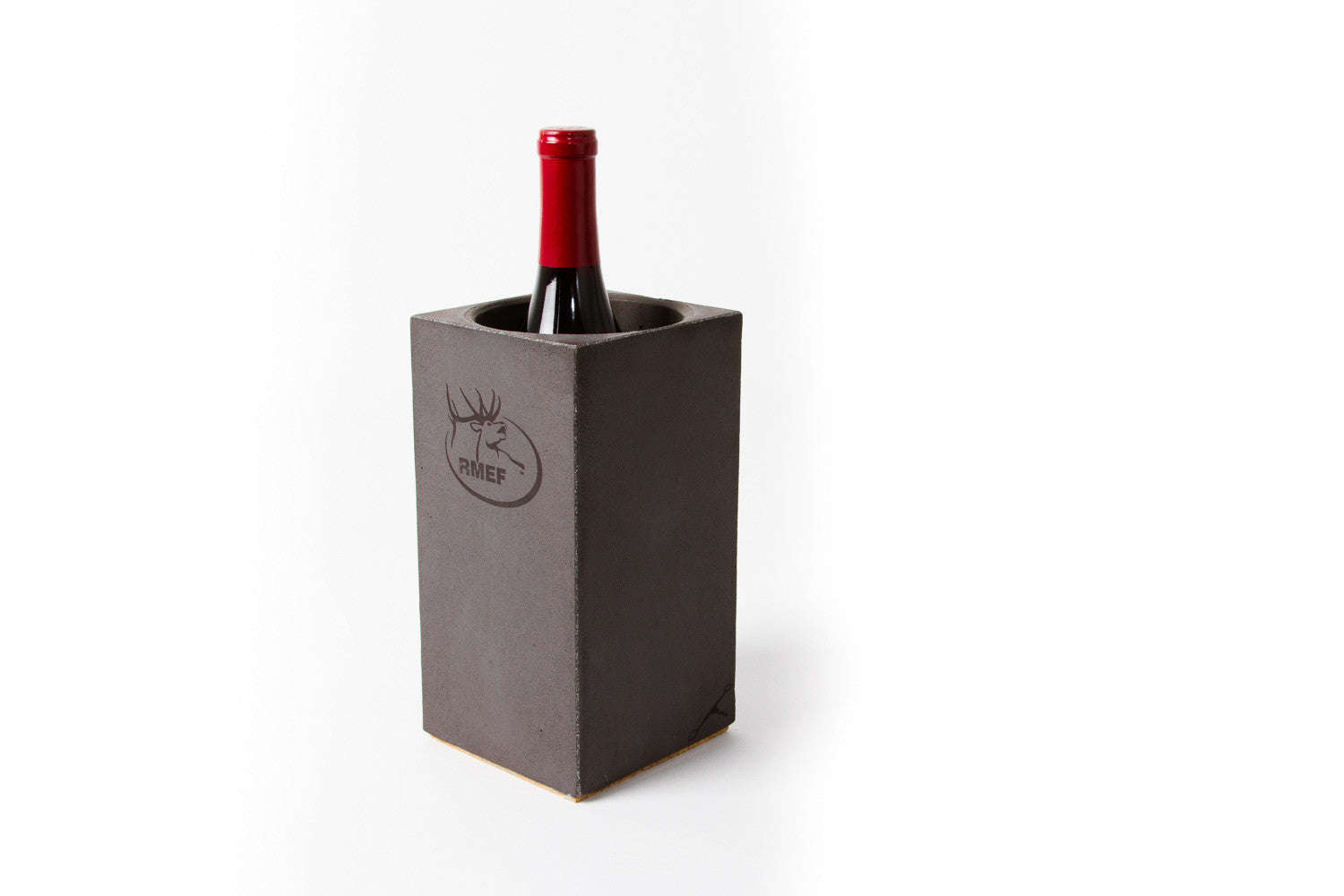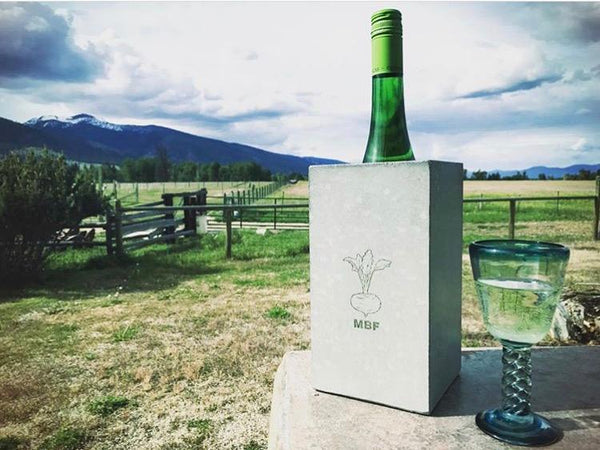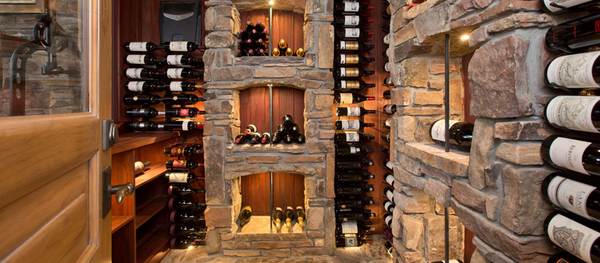Why Wine Temperature is Thermally Important

We spend a lot of time talking about storing and serving your wine at the optimal temperature, but we don’t spend that much time talking about why it is important. It occurred to me the other day that there are probably plenty of folks who wonder why it is so important.
The simple answer: Wine should taste good.
Yet, that statement is not so simple. We know that making wine is a complicated, scientific, chemical process. There are innumerable factors that influence the taste of a wine. So, let’s start from the point at which you acquire a well-made wine.
There are three primary factors that affect wine in its storage phase:
Light reacts with the phenolic compounds in wine, causing a reaction that can affect taste, color and mouthfeel. That is why wines are typically stored in cellars, out of direct sunlight; and are often bottled in darker glass or shielded in cellophane when in clear glass.
Humidity causes changes in the cork—which protects the wine from outside influences. Too dry of an environment can compromise the integrity of the cork and allow the wine to mingle with oxygen, causing oxidization, which can result in spoilage. This is also why wines (with the exception of champagne and sparkling) are stored on their side—to help keep the cork moist.
Temperature is an important part of the aging process for fine wines. Too low of a temperature inhibits that process. Too high of a temperature destroys that process. The rule of thumb for aging wines is to allow them to age slowly in a cool environment. In this way, you will get the most complexity and bouquet of aroma possible.
Speaking generally for all wines, temperature fluctuations cause chemical reactions that can create faults in the wine. If you store wine at too high a temperature, you cook it and destroy the flavor. At too low a temperature, you cause freezing and the cork gets compromised, causing oxidization; also spoiling the flavor.
The key? Store your wine at a CONSTANT temperature between 50 and 59 degrees Fahrenheit.
If someone has taken the care to store your wine properly, then serving it at the optimal temperature will only give you the greatest opportunity to enjoy that wine to its fullest potential.
Why?
The acids in white wines and the tannins in red wines behave differently at different temperatures. Serve a white wine too cold and you risk inhibiting its brighter flavors and strangling its aromas. Serve a red wine too warm and its tannins might get all loose—making it flabby and alcoholic—sort of like your friend’s cousin’s second uncle—the one you don’t want to invite to dinner.
So, what’s the rule of thumb for wine serving temperatures?
Serve red wine cool, white wine and port cooler and champagne and sparkling that much cooler. But pay attention to the varietals—there are specific optimal temperatures. Like these, for example:
- Tart, bright white wines: 48-52 degrees
- Sparkling wine: 50-55 degrees
- Rich white wines, like an aged chardonnay: 58-62 degrees
- Light red wines (Chianti, Beaujolais, young pinot noir): 60-65 degrees
- Heavy red wines: 63-68 degrees
The Wine Enthusiast also provides some insight on this.
So, what do you do if you don’t have your own temperature-controlled wine cellar (because everyonehas one of those)? You do your best.
If you store your red wine at room temperature, pop it into your refrigerator about ½ an hour before you are ready to serve. Put your Wine Thermal in there too. When its time to serve, you can store it in the Wine Thermal on the table and hold that cooler temperature. If you store your white wine and your Wine Thermal in the fridge, pull them both out about ½ hour before serving. When its time to serve it, put the bottle in the thermal on the table and it will hold that ideal temp. Champagnes and sparkling wine? Store the bottles and the Wine Thermal in the fridge until serving then place the bottle in the thermal while you drink. Each glass will be cold enough.
Leave a comment
Comments will be approved before showing up.
Also in News



